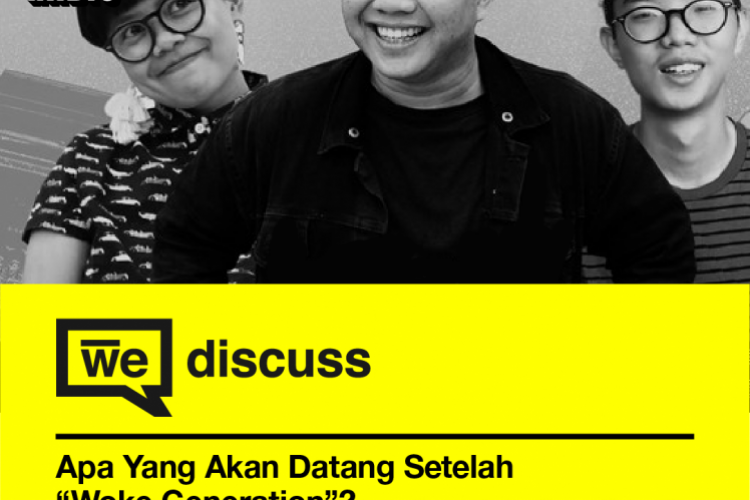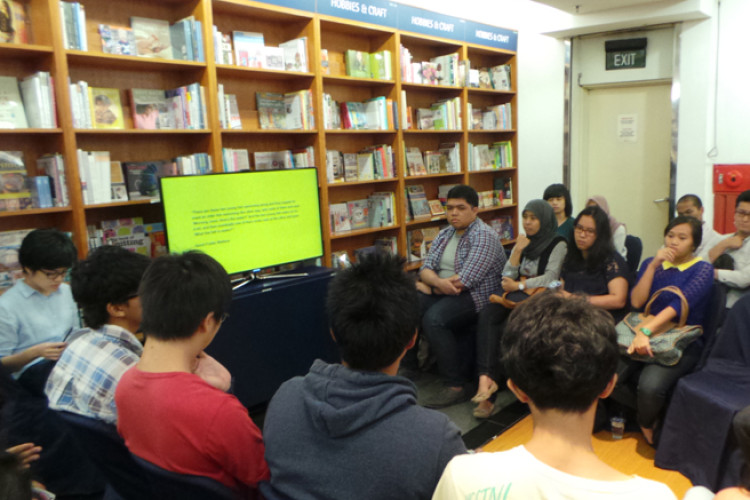




Last night, Whiteboard Journal hosted our 7th We Discuss session. This month, we talked about many different aspects of what we have come to know as the “Do-It-Yourself” (DIY) culture. Lots of intriguing ideas were exchanged throughout the discussion, which have been summarized in the following points:
– When you can’t find things that suit your preference and/or needs, you begin to consider making them on your own.
– Economical motivations are also common (i.e. the need to save money).
– “Yourself” is the heart of the widely used acronym, DIY, as it emphasizes the creator’s independence.
– However, the most important part is a person’s involvement in the process, further adding a personal touch to the product.
– But is it possible to purely “independent” in the sense of not relying on other like-minded individuals? There were participants who thought that establishing a network among DIY-ers could threaten the very idea of DIY.
– However, there were also participants who were in favor of a community that would act as a support group to sustain the movement. In this case, independence is achievable on individual and collective levels.
– A question was raised regarding the standards of DIY products. Are standards even necessary? Or does the appeal of the DIY culture lie in its absence of standards?
– A sense of accomplishment is one of the plus points of engaging in DIY activities.
– When speaking of the DIY culture, one must learn how to distinguish between a “DIY product” and an “invention.” DIY products have less to do with the originality of the idea behind them, and more to do with the creator’s initiative to be involved in the process.
– Another point worth highlighting is the necessity of sustaining the availability of resources (i.e. the materials needed to make various products). Without the materials, it would not be possible to make more things.
– With regards to technology, an interesting argument was made about the irrelevance of the “analog vs. digital” argument in discussions on the DIY movement because technology is always evolving. What’s important is how those changing technologies are utilized. It’s about using what is at your disposal at the present moment.
– This is then linked to the time-based nature of DIY goods. There is something is immediate about them.
– From a musician’s perspective, DIY is about being control (e. g. recording one’s own music in one’s own room.) However, although the process itself could be controlled, the consequences of releasing the end product – if it were to be released – cannot be controlled.
– Increased effort = increased support for the cause. In other words, when a lot of effort into a certain product – be it a thing, event, or movement – it is highly possible that others would want to sustain it.
– It is dangerous to stress the “handmade” element of a DIY product because it does not necessarily guarantee the quality of the product.
– DIY products are very subjective. Their value cannot be measured according to monetary standards. They are often segmented, and not designed for the masses.
– A point was raised regarding net labels – independent online distributors of music – that break the barriers of copyright.
– The DIY movement is both a subculture and a counterculture – depending on the motivation of the creators. It depends on whether one simply make something for one’s own purposes, or is there a vision to influence others to do the same.
– Ideally, the DIY movement shouldn’t be tied to commercial interests (especially in terms of profit), as it would defy the purpose of establishing something that is “for the people.” However, in cases where “the profit” is used to finance the needs of the people (be it for the continuity of the makers movement or charity), exceptions are made.
Your feedback would be greatly appreciated, so please feel free to tweet us @wjournal or send us an e-mail to contact@whiteboardjournal.com with the subject title “We Discuss #7.”
We would like to thank those who came and contributed to the first We Discuss of 2014. We hope to see you again at future discussions! Look out for announcements and related updates on next discussion. Check our website, Facebook page, as well as our Twitter and Instagram accounts!











